Cuprous oxide
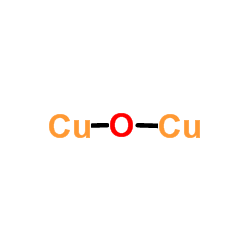
Cuprous oxide structure
|
Common Name | Cuprous oxide | ||
|---|---|---|---|---|
| CAS Number | 1317-39-1 | Molecular Weight | 143.091 | |
| Density | 6 g/mL at 25 °C(lit.) | Boiling Point | 1800 °C | |
| Molecular Formula | Cu2O | Melting Point | 1232 °C | |
| MSDS | Chinese USA | Flash Point | 1800°C | |
| Symbol |


GHS07, GHS09 |
Signal Word | Warning | |
| Name | cuprous oxide |
|---|---|
| Synonym | More Synonyms |
| Density | 6 g/mL at 25 °C(lit.) |
|---|---|
| Boiling Point | 1800 °C |
| Melting Point | 1232 °C |
| Molecular Formula | Cu2O |
| Molecular Weight | 143.091 |
| Flash Point | 1800°C |
| Exact Mass | 141.854111 |
| Index of Refraction | 2.705 |
| Stability | Stable. May be air or light sensitive. |
| Water Solubility | practically insoluble |
CHEMICAL IDENTIFICATION
HEALTH HAZARD DATAACUTE TOXICITY DATA
|
| Symbol |


GHS07, GHS09 |
|---|---|
| Signal Word | Warning |
| Hazard Statements | H302 + H332-H319-H410 |
| Precautionary Statements | P261-P301 + P312 + P330-P305 + P351 + P338 |
| Personal Protective Equipment | dust mask type N95 (US);Eyeshields;Faceshields;Gloves |
| Hazard Codes | Xn:Harmful |
| Risk Phrases | R22;R50/53 |
| Safety Phrases | S22-S60-S61-S16-S7 |
| RIDADR | UN 3077 9/PG 3 |
| WGK Germany | 3 |
| RTECS | GL8050000 |
| Packaging Group | III |
| Hazard Class | 9.0 |
| Precursor 0 | |
|---|---|
| DownStream 9 | |
|
Zinc supplementation sustained normative neurodevelopment in a randomized, controlled trial of Peruvian infants aged 6-18 months.
J. Nutr. 144(8) , 1298-305, (2014) A double-blind, randomized clinical trial was conducted to determine the effects of prevention of zinc deficiency on cognitive and sensorimotor development during infancy. At 6 mo of age, infants were... |
|
|
Interplay between autophagy and apoptosis mediated by copper oxide nanoparticles in human breast cancer cells MCF7.
Biochim. Biophys. Acta 1840(1) , 1-9, (2014) Metal oxide nanoparticles are well known to generate oxidative stress and deregulate normal cellular activities. Among these, transition metals copper oxide nanoparticles (CuO NPs) are more compelling... |
|
|
The induction of biochemical changes in Daphnia magna by CuO and ZnO nanoparticles.
Aquat. Toxicol. 150 , 201-9, (2014) Whilst a considerable number of studies have been reported on the acute toxicity of nanoparticles (NPs) on invertebrates such as Daphnia magna, few studies have been reported on the biochemical change... |
| MFCD00010974 |
| EINECS 215-270-7 |
| copper(I) oxide |
| Cuprous oxide |
| copper(1+) oxide |
| Curpous oxide |
| copper,hydrate |
| copper oxide (Cu2O) |
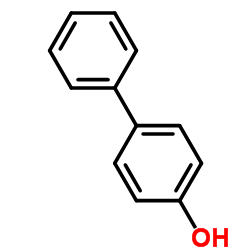 CAS#:92-69-3
CAS#:92-69-3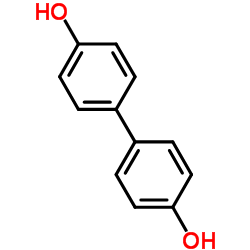 CAS#:92-88-6
CAS#:92-88-6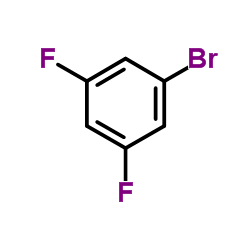 CAS#:461-96-1
CAS#:461-96-1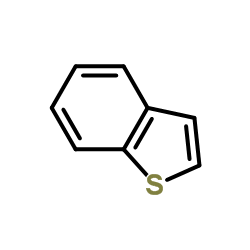 CAS#:95-15-8
CAS#:95-15-8 CAS#:34662-29-8
CAS#:34662-29-8 CAS#:3420-57-3
CAS#:3420-57-3 CAS#:16712-25-7
CAS#:16712-25-7 CAS#:116686-84-1
CAS#:116686-84-1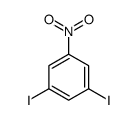 CAS#:57830-60-1
CAS#:57830-60-1
